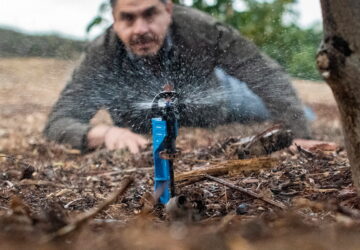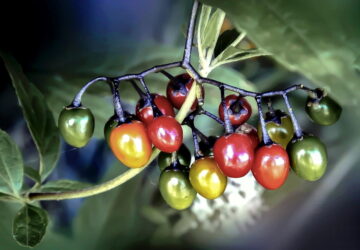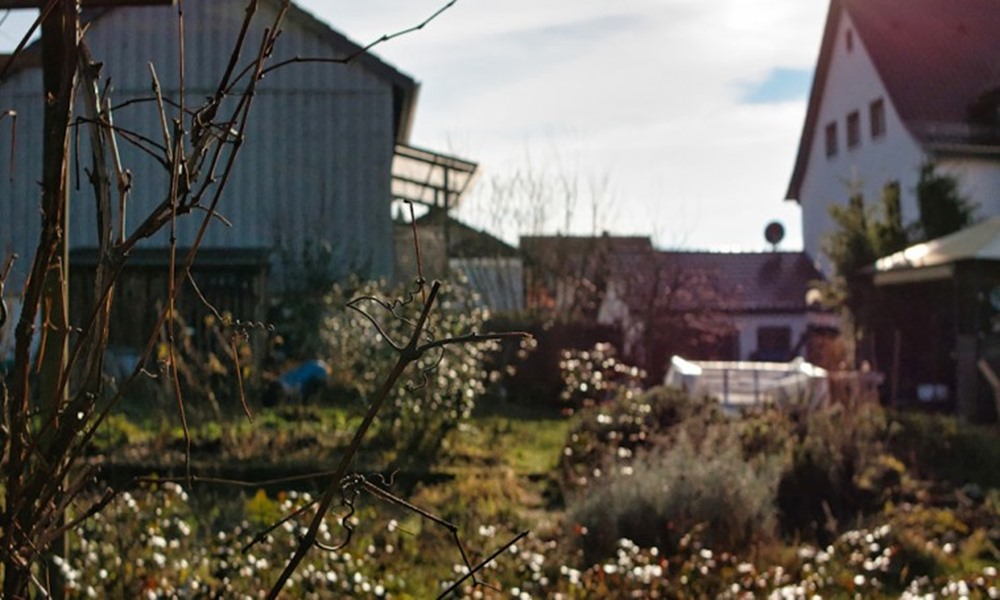As winter approaches, many gardeners may feel the urge to tidy up their gardens, removing all signs of withered and dead plant parts. However, it’s essential to know that not all plants benefit from such early pruning. In this article, we’ll explore the reasons behind leaving many perennials and grasses untouched during the winter season and share expert tips on when and how to cut back those withered plant parts for the best results.
The Aesthetic Appeal of Withered Plants
While most garden plants lose their vitality by the end of autumn, the winter garden holds a unique charm. Withered plants, though seemingly lifeless, can bring a graceful and showy character to your landscape. Think of sunflowers, for instance; their dry, weathered stems and flowers often stand tall and proud, catching the winter sun’s light. But their allure goes beyond aesthetics.

Wildlife Benefits
Winter withered plants serve as a bountiful feast for many creatures. The seeds of these plants become a vital food source for various species of birds, helping them sustain themselves during the cold months. By leaving these dry, spent flower heads intact, you’re providing a valuable resource for local wildlife, contributing to the biodiversity of your garden.
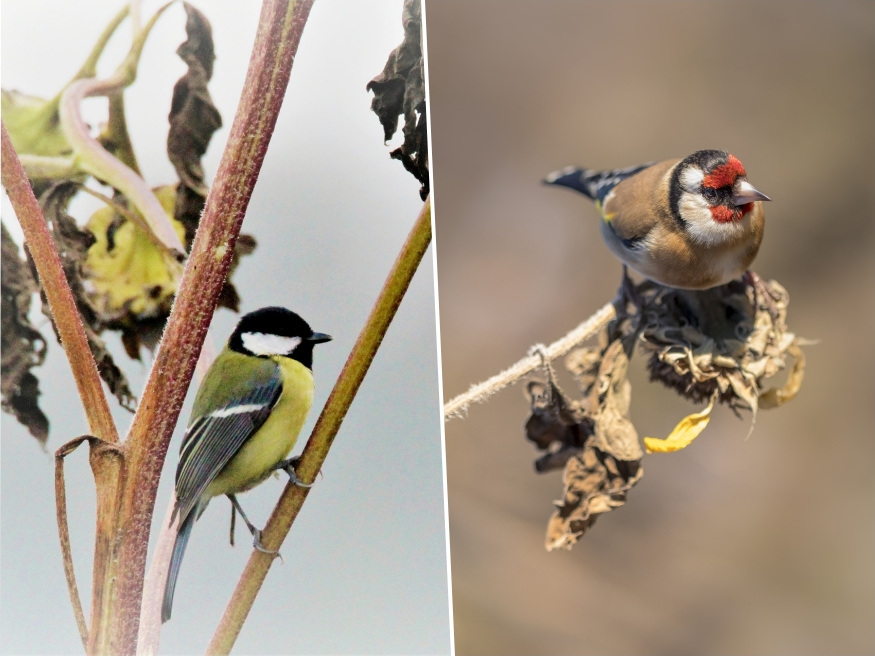
Natural Insulation
One of the less obvious benefits of leaving withered plant parts is their insulating role. These dead plant components cover the ground, forming a natural blanket that helps protect the plant’s vegetative parts close to the soil. This insulation serves as a shield against the harsh winter cold, reducing the risk of damage to the plants. Furthermore, the presence of this protective layer prevents the winter sun from prematurely warming the soil, ensuring your plants do not sprout too early, which can be detrimental to their overall health.
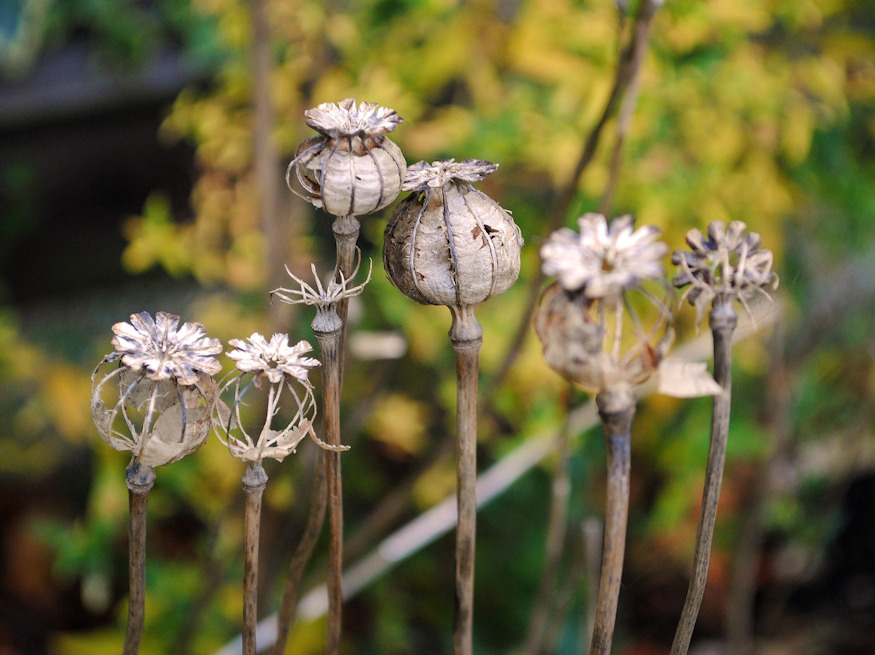
When and How to Prune
So, when is the right time to cut back these withered parts? It’s best to resist the temptation to prune during the winter months. Instead, wait until the end of winter, just before spring begins to sprout. At this point, you can safely trim away the withered plant parts, as the worst of the cold should have passed.
Some plant components can be easily removed by hand, while others may require the use of pruning shears. When using shears, ensure they are sharp to make clean cuts, reducing the risk of injury to the plant. Focus on removing the withered parts near the ground, as this is where most of the insulation and seed resources are concentrated.
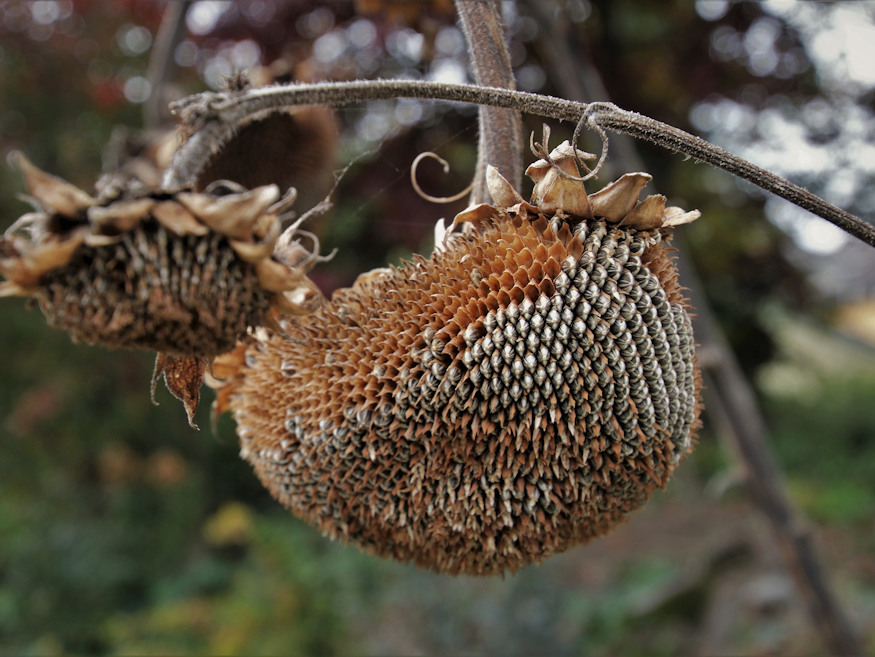
Embracing the Beauty and Function of Withered Plants
As winter sets in, resist the urge to prune your garden down to the bare earth. Instead, appreciate the aesthetic allure of withered plants, while also recognizing their ecological importance. By allowing them to stand through the winter, you provide sustenance to local wildlife, offer natural insulation to your garden and prevent premature sprouting. When the time is right, with the advent of spring, you can trim back the withered parts, ensuring that your garden thrives while supporting the delicate balance of nature.

